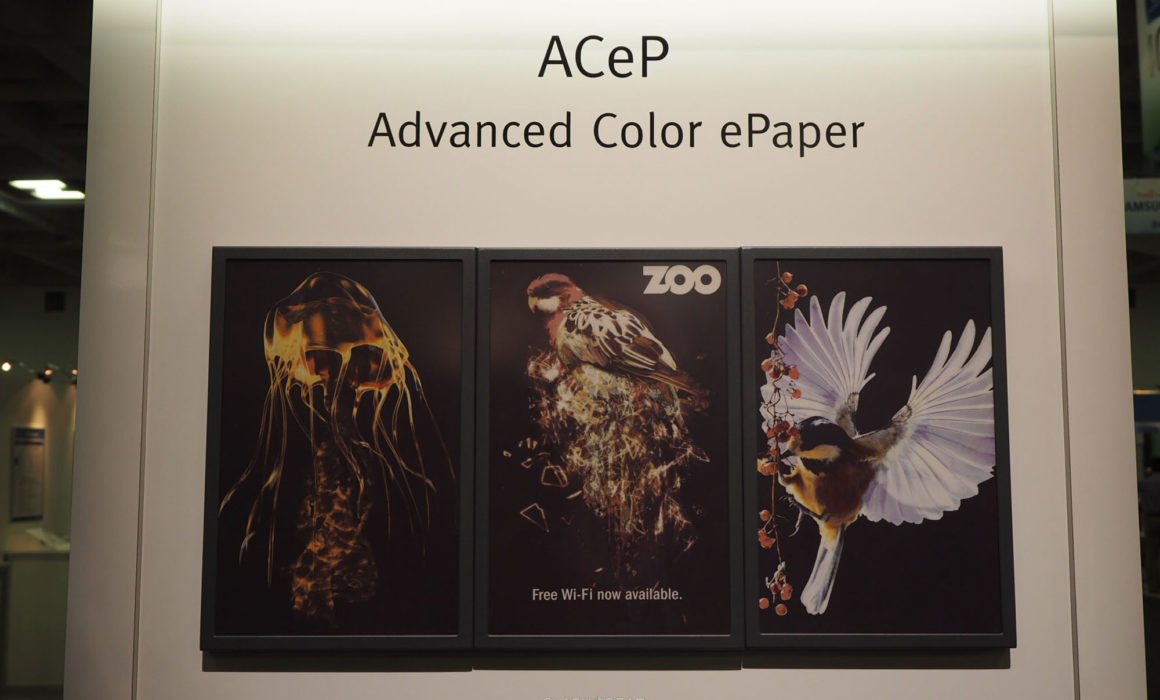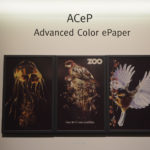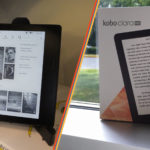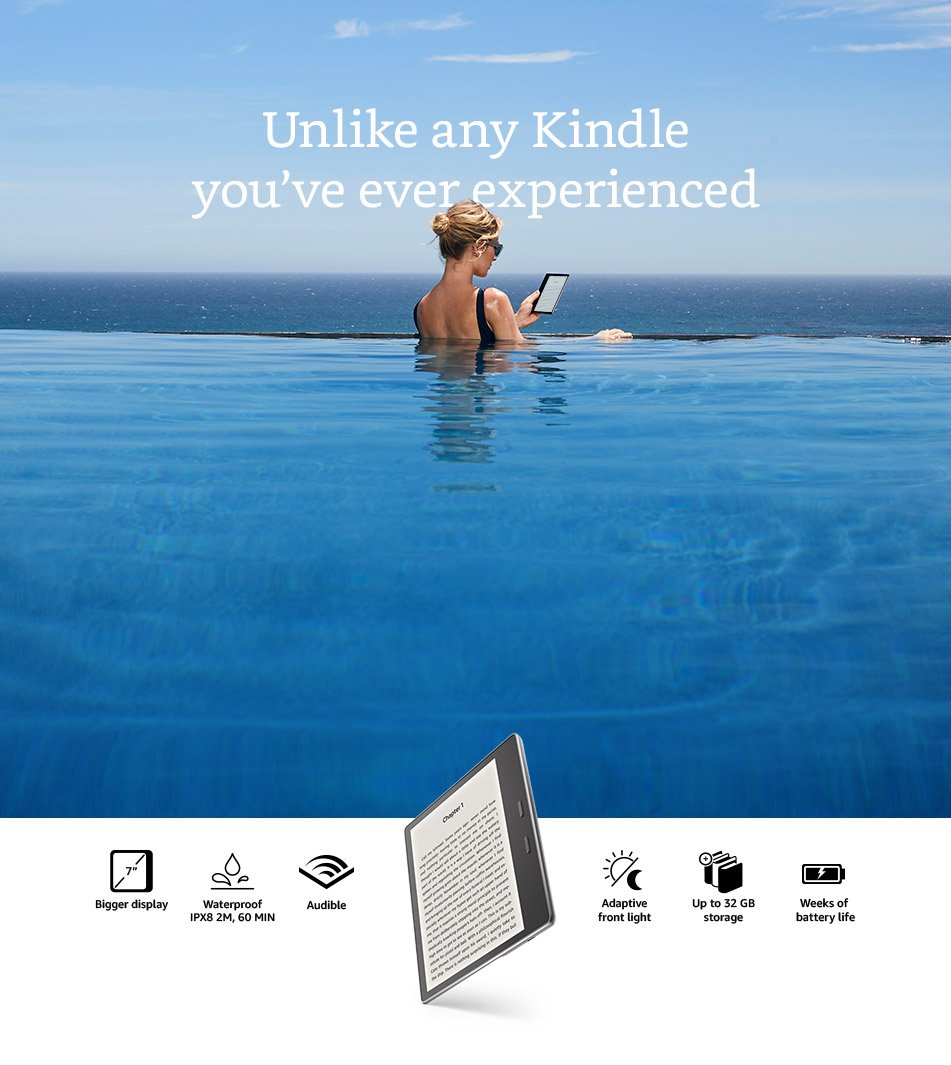The Fate Of E-Readers: E-Ink’s ACeP Delayed Until 2019
 Like many users of e-readers, I sometimes wonder why we have our ebooks on monochrome. I bet it will be a great idea to have some colors added to our ebooks. Well, I found the answer lately; there is no technology for that just yet. E Ink’s Advanced Color ePaper (ACeP) may just be the icing we have been looking for.
Like many users of e-readers, I sometimes wonder why we have our ebooks on monochrome. I bet it will be a great idea to have some colors added to our ebooks. Well, I found the answer lately; there is no technology for that just yet. E Ink’s Advanced Color ePaper (ACeP) may just be the icing we have been looking for.
The moment I switched from reading traditional books to e-readers, I knew there was no going back. E-readers have numerous benefits of hardcover books. The most significant of them is the lower prices of books, less storage space, and increased safety of books—I could go on and on.
What Makes ACeP Different From Its Predecessors?
Before the launch of ACeP in 2016, E Ink had previously launched three color displays namely Spectra, Prism, and Triton. These products have been on display on the electronic shelf tag labels of many retail settings.
The Spectra featured 3 pigments of electronic ink while the Triton has 16 levels of grayscale display with 4,096 colors. ACeP boasts of a larger color display and resolution. The resolution of ACeP is 1600 x 2500 with 150 PPI and it can display an amazing 32,000 different colors.
According to the company, the specification allows the ink to produce full color on each pixel. It is also the first time that an electrophoretic display (EPD) will have the ability to produce full color at every pixel without an array of color filter.
The Technology Used In Color Display Prior To ACeP
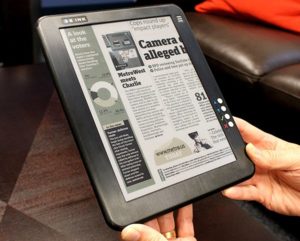 CFA is used to achieve a side-by-side pixel color which often leads to light attenuation. ACeP, on the other hand, has all colored pigments in every pixel rather than placing them side-by-side with the pixel which is the conventional practice.
CFA is used to achieve a side-by-side pixel color which often leads to light attenuation. ACeP, on the other hand, has all colored pigments in every pixel rather than placing them side-by-side with the pixel which is the conventional practice.
To achieve this, the researchers at E Ink had to solve the complex puzzle of getting reflective color at every picture element. Stacked complex backplane structures have been used in previous attempts to achieve this feat. ACeP beats the odd while utilizing a single backplane.
The Features ACeP Will Bring To Digital Display
 Like all other previous ePaper by E Ink, ACeP maintains ultra-low power and has a paperlike readability suitable all lighting conditions. Inasmuch as these features are desirable for e-readers, E Ink has made it clear that their primary market is digital signage. The primary focus of the company was further clarified by Johnson Lee, the president of E Ink. If this technology would be deployed to e-readers it would likely not come before 2021.
Like all other previous ePaper by E Ink, ACeP maintains ultra-low power and has a paperlike readability suitable all lighting conditions. Inasmuch as these features are desirable for e-readers, E Ink has made it clear that their primary market is digital signage. The primary focus of the company was further clarified by Johnson Lee, the president of E Ink. If this technology would be deployed to e-readers it would likely not come before 2021.
Ultra-low power display of E Ink on an e-reader will be enough to extend the battery life of e-readers. However, ACeP is not the only ePaper on the horizon. CLEARink utilizes similar electrophoresis technology but uses reflective panels which give it a shaper display compared to E Ink. Clearly, when pigments are added to displays, it slows down the refresh rate and E Ink will have to sort that out before its display technology can be deployed to e-readers.


